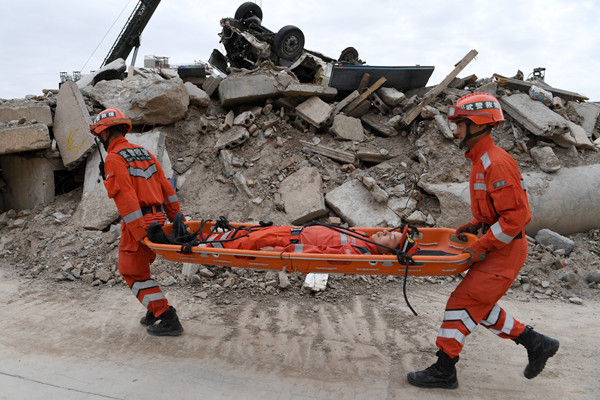Rescue Training: Benefits and Needs
Every peak and hilltop in Australia now has some telecommunications tower. Other sorts of towers are springing up all over the countryside and in our urban and suburban regions, as well. Wind turbine towers and high-tension transmission line towers both fall within this category. Tower rescue training has become very common with such developments around Australia.
Pararescueman Furr, a native of Burlington, Vermont, served in the United States Air Force for twenty years (PJ). He specialised in mountain and glacier rescues. Took part in the National Park Service’s mountain rescue team and made many first-ascent ice routes in Iceland while serving as a mountaineering instructor. In 2000, Furr joined Roco, serving as a Technical Rescue Consultant and supervising Fall Protection and Tower Work & Rescue programmes. Many such experienced and trained people are doing training programs around the world.
The Importance of Tower Rescue Training in Today’s Global Environment
Humans need to interact with technology towers.
Every peak and hilltop in Australia now has some telecommunications tower. Many towers are rising over the countryside and in our cities and suburbs. Towers for everything from wind turbines to high-voltage transmission lines can be found.
Almost all of these towers require someone to scale them at some point. This is true as the tower is built throughout subsequent maintenance, inspections, and installation phases.
Weird Statistics – Tower Work Causes 100 Deaths Per Year
The workers who scale these structures are a special kind of human beings. They must have specific training and equipment to do their tasks correctly and safely. To assure safe working procedures at height, there should be legislation (OSHA) and agreed standards, such as those set out by the National Association of Tower Erectors (NATE). Accidents continue to occur in these buildings, unfortunately. It’s only reasonable that accidents are rising as mobile towers increase across the country. In reality, the fatality rate for cell tower and other communication tower climbers is nearing 100 deaths per 100,000 employees each year.
Are you prepared to undertake a tower rescue if you are an employer of tower climbers or if you are in charge of responding to a tower emergency? If this is your first time performing a rescue, have you undergone the training and practice necessary to be confident in your abilities and the equipment you’ll need? For the most part, ladder trucks aren’t part of the equipment inventory in rural areas. But even if they did, the victim would be out of reach since ladder trucks have a restricted height range.
Simple to Comprehend
It’s not difficult to escape a burning tower. This form of technical rescue is relatively simple compared to more complex ones like restricted space, trench, or structure collapse rescue. Even yet, specific training and equipment are still required. The most obvious requirement is far longer ropes than you would normally need for most rescues. The ability to give “one-on-one” rescue for a harmed coworker is also common. For some companies, sending a lone climber to a tower-climbing task is becoming a thing of the past, but for others, it’s still perfectly acceptable.
The good news is that throughout the years I’ve worked in tower and rescue, it’s become increasingly common for employers to have a “buddy system” in place. Certain businesses now require a three-person crew for “team-on-one” rescue capabilities. A team rescue does include two rescuers. When two rescuers are on the scene, the job is considerably more accessible and safer than if only one.


